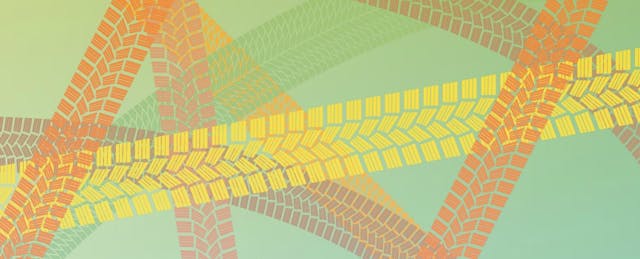Come their junior and senior years, college students inevitably are faced with the wickedly tough question, “What am I going to do with my life?” Teaching at Stanford, I can see the angst that I once felt in these students’ faces, hear it in their voices and read it in their body language. Even those lucky enough to have a job lined up are still concerned about how to lead meaningful lives after college. Design thinking—a creative problem-solving technique for tackling complex issues—can help them find their way.
I am a fellow and lecturer with the Life Design Lab at Stanford, the brainchild of Bill Burnett and Dave Evans, who had the collective vision of building a curriculum around the idea of “designing your life.” The lab grew from a small group of students who felt the desire to have a conversation on personal and professional wayfinding, to a series of three Stanford classes, online learning modules, and prototypes of workshops for business school students, Google employees, community college students and other audiences. The three classes are “Designing Your Stanford,” which helps freshmen and sophomores get more out of, rather than cram more into, college; “Designing Your Life,” aimed at juniors and seniors; and “Designing the Professional,” for graduate students. The content and delivery of these courses differs based on their audience, but all have the same backbone.
We build the framework of our courses and, now, workshops, on the design thinking process. The process starts by identifying a human need and uses empathy and testing to arrive at a way to answer it. But, we add two crucial layers, one of meaning making and one of discovery and support. Throughout my career in education design, I have strived to keep design thinking “real.” To accomplish that, I believe that those involved must be able to connect the design process to self (“Where is my intrinsic motivation in solving this?”) and to the system (“What is our collective purpose in solving this in the context of the world?”). Life design more naturally gravitates toward those connections.
We pull and cultivate specific tools, frameworks, ideas, and mindsets that, ideally, will create behavior change in our students. The class is built around creating a container and a community in which to have intentional conversations about life through and after college. We believe students are better able to explore and define their own narrative by hearing the narrative of others.
Each semester, the Designing Your Life course starts with a reframe, one of the most powerful mindsets in design. Think back to when you were heading to college. Someone probably told you, “These are going to be the best years of your life,” suggesting that you would peak at 19 and then face a downhill slide. But what if you had thought of 19 as being followed by a bumpy upward curve of pitfalls and potential? A classic reframe flips the picture and offers a new perspective.
We end the classes by having students create three distinctly different possible timelines for the next five years and presenting them to their fellow students. Then we ask them to prototype elements of their plans. How? A product designer might make a quick paper model or a storyboard; in life design, the prototype is a conversation or an experience, which often looks like an informational interview or shadowing someone a student is curious to learn more about.
I am excited to continue to build this form of educating. The lab has many requests to spread the 'designing your life' methodology, but we are only just starting to strategize how to scale the program and apply it where it is most needed. If I have learned anything about crafting extraordinary learning experiences, it is that it takes hundreds of prototypes, thousands of hours, and a lot of care. And if I have learned anything from teaching life design, it is to take comfort in knowing that we have many possible lives we can live and all of them are just fine, even great.


